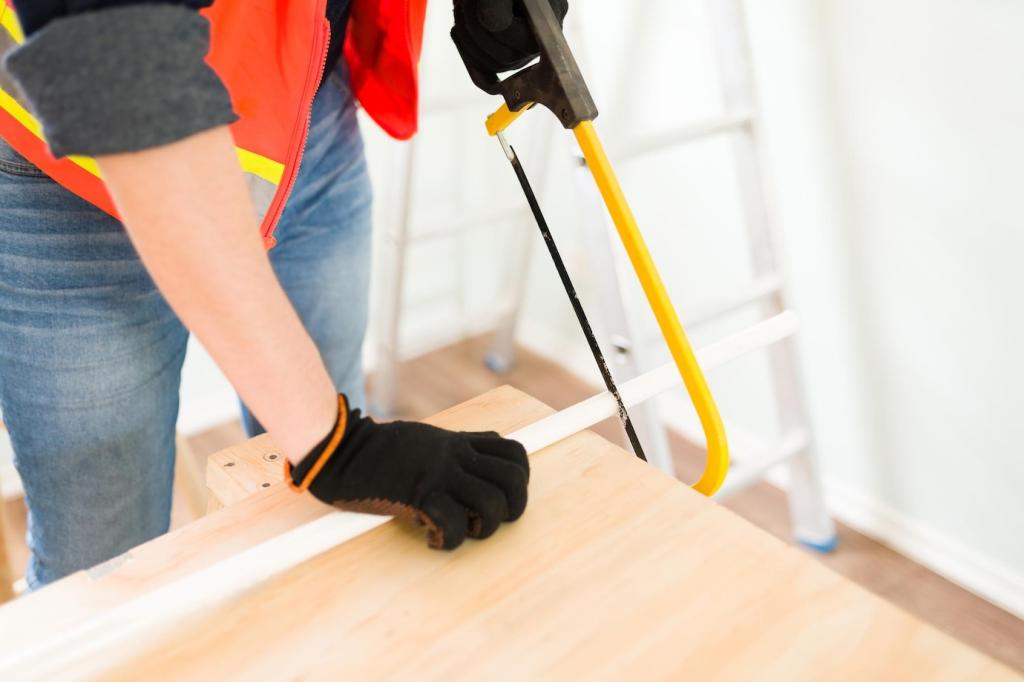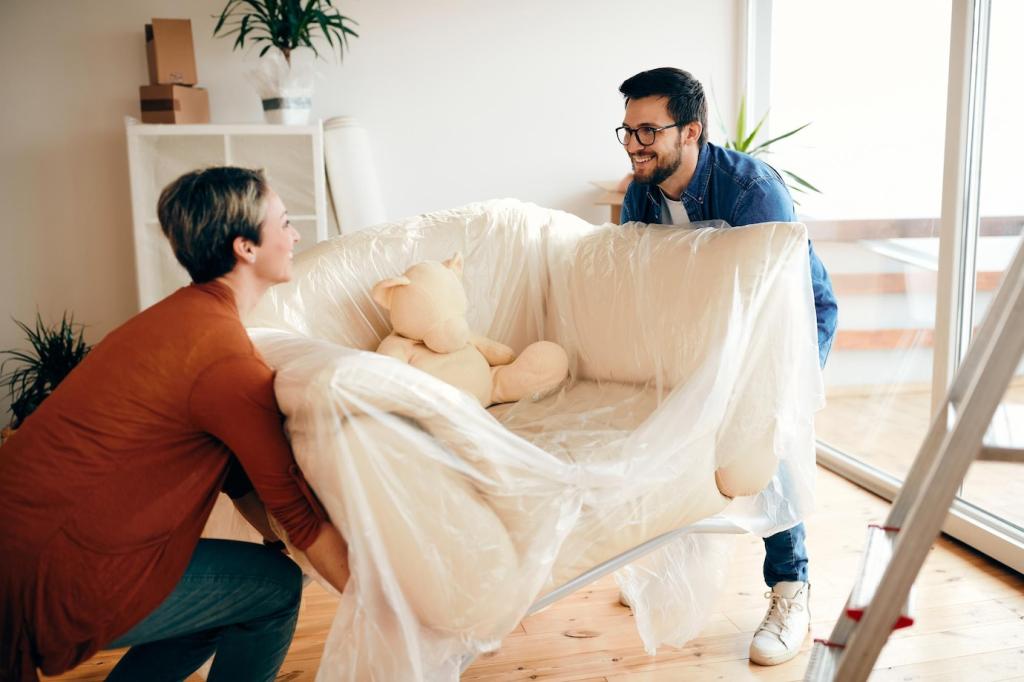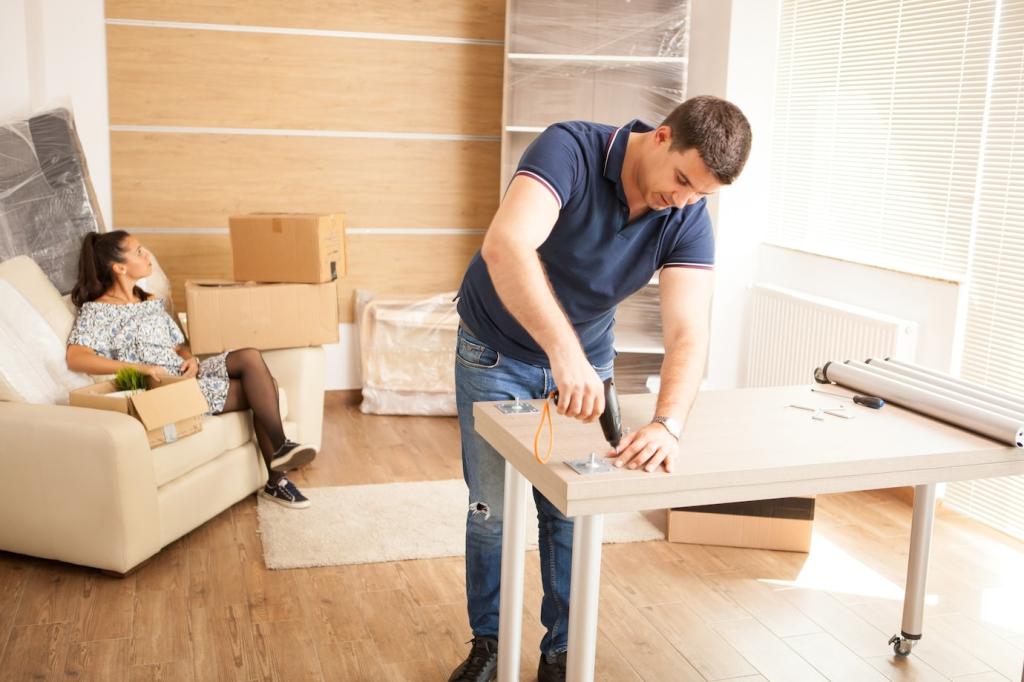Preserving the Soul of Antique Leather Furniture
Today’s chosen theme: Maintaining Antique Leather Furniture. Step into a world where patina tells stories, careful hands slow time, and each crease holds memory. Learn proven, gentle methods to clean, condition, protect, and celebrate heirloom leather. Subscribe and share your own chair’s tale to inspire fellow caretakers.
Know Your Leather: Age, Grain, and Patina
Reading the Leather’s History
Look for clues: hand-dyed aniline tones, natural wrinkles, and small scars that hint at life lived. An early twentieth-century club chair often shows mellow, layered color, while Victorian pieces may reveal horsehair stuffing under a flap. Comment with your leather’s clues, and we’ll help interpret them.
Patina Versus Damage
Patina is the soft glow earned by decades of respectful use; damage is cracking, flaking, or color loss exposing raw hide. Lightly wipe a hidden area with a barely damp cloth—if dye lifts heavily or surface feels powdery, it needs careful stabilization. Ask questions below if you’re unsure.
Construction Clues That Guide Care
Inspect tacks, stitching, and spring systems. Eight-way hand-tied springs suggest high craftsmanship and worth preserving. Older leathers may be more absorbent; some postwar finishes resist moisture better. Share what you find under cushions or along seams so we can suggest tailored maintenance steps for your exact piece.
Dust acts like sandpaper inside every crease. Use a soft brush and low-suction vacuum with a brush attachment, working along seams and button tufts. Only after dry soil is lifted should you introduce a barely damp cloth, preventing muddy abrasion that prematurely thins antique grain.
Gentle Cleaning That Respects Time

Conditioning Without Overfeeding
Dry antique leather looks matte, feels stiff at bends, and may creak when compressed. If gently flexed, it should move without forming new micro-cracks. In moderate climates, plan light conditioning once or twice yearly. Share your climate and schedule to fine-tune a routine together.
Conditioning Without Overfeeding
Favor conservation-grade creams or balms designed for aged, aniline leather. Avoid heavy oils that migrate, oxidize, or attract dust. A breathable, microcrystalline-wax blend can protect without smothering. If unsure, list the exact product name in the comments and we’ll evaluate compatibility.




Aim for 40–55% relative humidity to prevent brittleness or mold. Keep pieces away from radiators, vents, and fireplaces. Light, steady airflow helps, but avoid drafts. If you monitor with a hygrometer, share your readings—community averages help refine seasonal care strategies.

Direct sunlight bleaches color and dries fibers. Use UV-filtering films, lined curtains, or position furniture out of the sun’s path. Rotate cushions and reposition pieces a few inches seasonally. Post your room layout and we’ll brainstorm discreet light strategies that preserve patina.

Keep rooms temperate, avoiding hot-cold swings that stress finishes. Winter air can be desert-dry—consider a humidifier. In humid summers, a dehumidifier maintains balance. Share your region and challenges; subscribers in similar climates can offer field-tested tips that saved their heirlooms.
Daily Habits That Preserve Grace
Avoid sitting on arms, dragging riveted denim, or dropping keys on cushions. Rotate favored seats to distribute wear evenly. Teach guests the chair’s story; respect follows naturally. Tell us which habit changed your leather most—your insight could spare someone else a repair.
Daily Habits That Preserve Grace
Breathable wool throws or cotton antimacassars shield high-friction zones without trapping moisture. Choose dyes that won’t crock. Skip plastic covers, which suffocate leather and encourage condensation. Share your favorite protective textiles and how they complement the piece’s era and room palette.
Create a Care and Provenance Log
Record dates, products used, climate notes, and craftspeople consulted. Attach photos of changes over time. This log guides future caretakers and boosts value by proving thoughtful stewardship. Share a favorite entry from yours—what surprised you most about the leather’s response?
Tracing the Maker
Hunt for labels, stamps, or distinctive stitching patterns. Compare details with period catalogs and museum references. Community members love sleuthing—post your clues and we’ll crowdsource possibilities. Knowing the maker informs authentic finishes and appropriate conservation choices.
Appraisal and Insurance
A written appraisal that notes condition, originality, and conservation work can safeguard against loss. Update after significant restoration. Ask questions about appraisal timing or documentation; subscribers and experts often share templates that streamlined their own protection plans.
Join our mailing list
